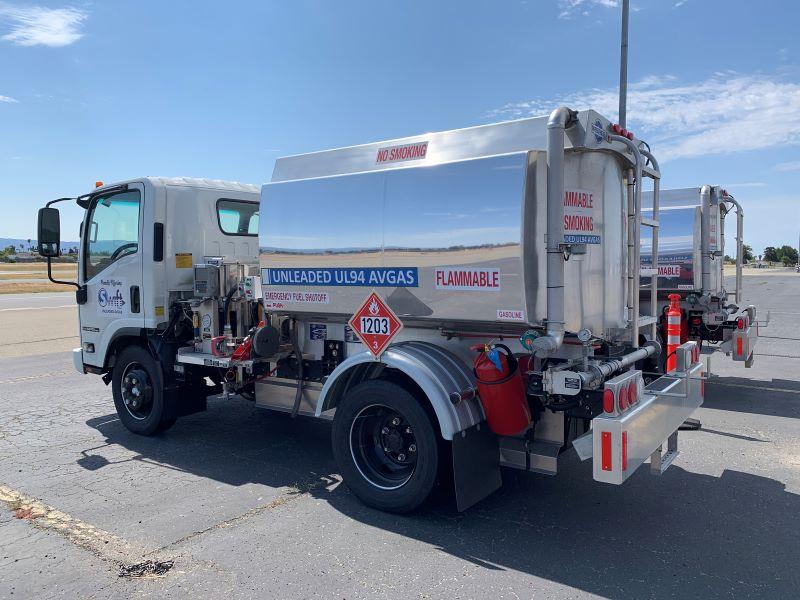
Credit: Santa Clara County
WASHINGTON—U.S. lawmakers lambasted the FAA as well as the Environmental Protection Agency (EPA) and industry July 28 for the nation’s plodding progress toward removing lead from aviation fuel used in piston-engine aircraft, the largest remaining source of lead emissions into the air. At a hearing...
Subscription Required
This content requires a subscription to one of the Aviation Week Intelligence Network (AWIN) bundles.
Schedule a demo today to find out how you can access this content and similar content related to your area of the global aviation industry.
Already an AWIN subscriber? Login
Did you know? Aviation Week has won top honors multiple times in the Jesse H. Neal National Business Journalism Awards, the business-to-business media equivalent of the Pulitzer Prizes.


